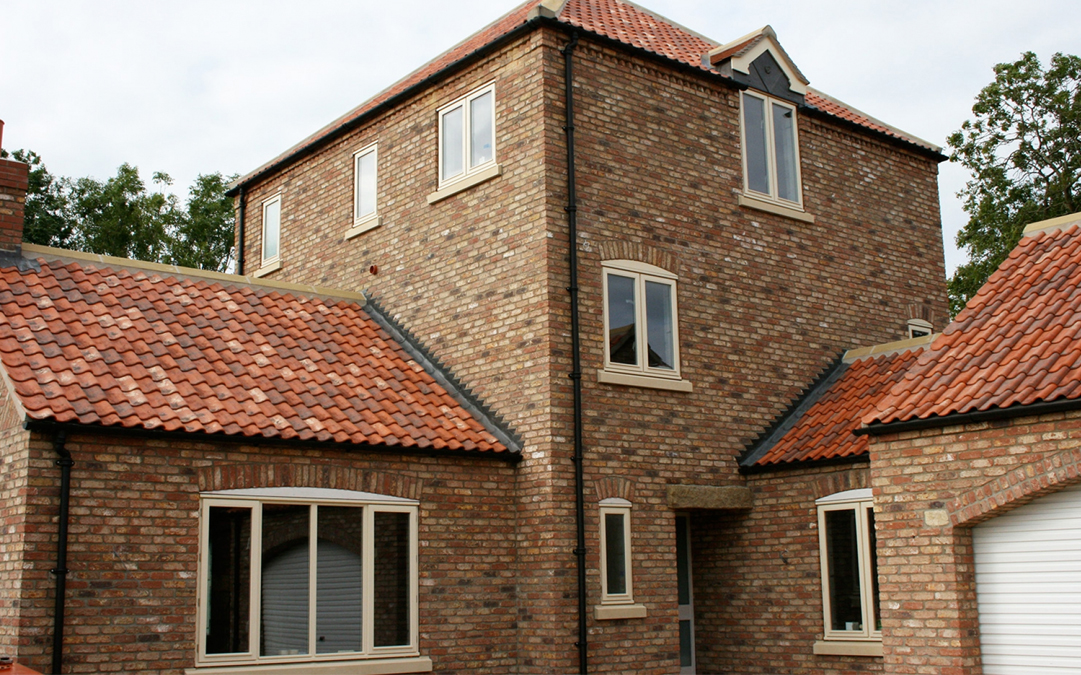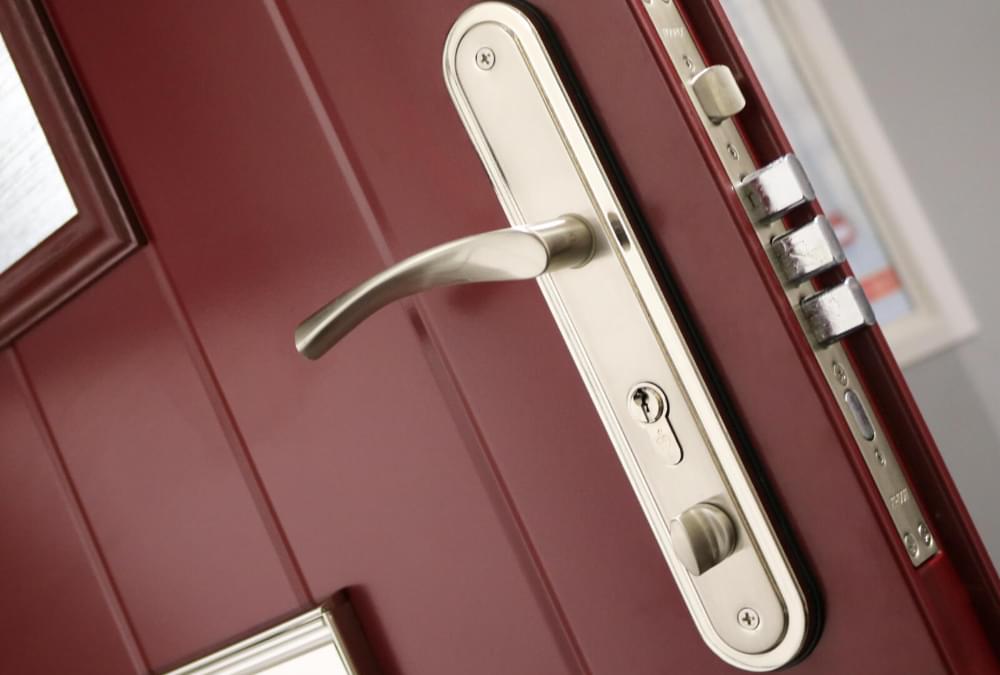Gaining a licence to hold a firearm is not a straight forward process in the UK. Once you have obtained one, you will want to ensure that you adhere to all the regulations so that storing your gun is both safe and legal.
Under the Firearms Rules 1998, a prescribed safekeeping condition is attached to all firearm and shotgun certificates. It is an offence not to comply with these conditions. The maximum penalty for this offence can be up to 6 months in prison, a fine, or both. The safekeeping condition attached to firearms or shotgun certificates requires that the guns and section 1 ammunition must be stored securely to prevent, so far as is reasonably practicable, unauthorised people taking or using them. Any other person who does not hold a firearm or shotgun certificate is included in the term ‘unauthorised’.
When a gun or section 1 ammunition is being used or the holder has the gun with them for some purpose connected with its use, transfer or sale, reasonable precautions must be taken for the safe custody of the gun(s) and section 1 ammunition. The condition does not apply to the ammunition for a shotgun. However, as a matter of common sense, you should take reasonable precautions for its safe custody.
Your local police firearms licensing department can give you additional advice on the security arrangements required.
What is ‘secure storage’?
The Firearms Rules do not prescribe how firearms must be kept securely, but the Home Office has issued guidance. Briefly this recommends that you store them in a locked gun cabinet or other similarly secure container. In some cases if you don’t have a gun cabinet, it may be acceptable to remove the firing mechanism from a firearm and store it in a secure container, for example, a safe.
In these cases you should then lock away the rest of the firearm. We understand that safes and gun cabinets can be quite costly individually, and that is why we thought it would be great for you to know that an adequate and legal way of storing your firearm is in a securely built gunroom or cellar with a steel door that locks.
Our high security steel door can be used as a gun room door. Our doors have been authorised for gun room use by many local authorities, police and insurers, but it is important to always check with yours first. If looking to specify our high security door, consider all security upgrade options, especially the 3* cylinder upgrade which will help your case for using this door to the local authorities.
Most steel security doors for use on gun rooms require either: secured by design accreditation and testing to: PAS24, STS202 or LPS1175. However, some local authorities don’t require certification and are satisfied with inspecting the install after pre-approving the specification, detailing the construction and features.
As for windows, ideally there shouldn’t be any if at ground floor or basement level. Ventilation should be secured with a steel grille or an arrangement where the internal and external ventilation openings do not line up. However, if there are window, they should be fitted with either steel bars or welded mesh grilles, welded into an angle iron frame.
What security level do you need?
When considering whether storage arrangements are secure enough, the police will look at the circumstances of each case and at the overall security arrangements, including the security of the premises where the firearms and ammunition are kept. It may be helpful to think of security in terms of levels that may be applied in any given case.
Three levels of security are generally accepted when securing firearms:
Level 1 – Applicable in most cases and can be met by using a suitable gun cabinet. Where one firearm only is held, a gun clamp may suffice. Other considerations would be a low crime rate area and whether the property has outer doors and windows fitted with suitable locking devices.
Level 2 – Applicable where extra security is desirable. This may be because of a high crime rate location, repeat victimisation or that a substantial number of firearms are being held. Additional security would be exit doors fitted with locks to BS3621, an audible intruder alarm covering the area where the guns are stored and possibly splitting the risk by the provision of more than one cabinet.
Level 3 – Applicable where the risk is deemed the greatest. Splitting the risk is desirable especially where large numbers of guns are involved. Additional target hardening of the storage cabinet(s) and an audible intruder alarm protecting the whole of the premises may also be considered.
If you do use a standard gun cabinet, there are certain regulations to meet so that all of your gun safety measures are adequate and legal.
Gun cabinet regulations
As commercially manufactured firearm cabinets are widely available, this will probably be the preferred method of security for most people. There is a British standard for gun cabinets (BS 7558). Before you buy a cabinet you should ask the seller to show you a test certificate to confirm the cabinet meets the above standard. It is not compulsory to have a cabinet that meets the British Standard however, and having such a cabinet does not necessarily guarantee that you are meeting the safekeeping condition.
It is recommended that a cabinet should have the following features:
- It should be made from sheet steel at least 2 mm thick. All seams should be continuously welded, or the cabinet body formed by a bend construction.
- All hinges should be on the inside of the cabinet. If they are exposed, then hinge bolts, blocks or anti-lever bars should be installed.
- Lock mechanisms should be on the inside of the cabinet and not visible from the outside. The lock should contain at least 5 levers to BS 3621 standard or equivalent. Alternatively, good quality hardened padlocks and staples should be fitted to the cabinet.
- Full-length side hinged cabinets should have two locks at points one third and two-thirds the height of the cabinet.
- The cabinet may contain a separate lockable container to store ammunition within it.
Gun Clamps
Gun clamps for one firearm, an alternative option to a cabinet may be a gun clamp. It should:
- Be made out of steel that is at least 14 SWG (2mm) thick
- Have seam-welded joints, or be formed by bend construction
- Have a lock that meets BS 3621 standard or equivalent. Alternatively a good quality hardened padlock should be fitted.
Steel cables
High tensile steel cables, secured with a hardened padlock may be an appropriate security method in certain conditions. The importance on the cable being ‘high tensile’ can’t be stressed enough; since it’s higher carbon properties make it far stronger than a standard steel cable or wire, used for typical fencing. It’s the equivalent of chaining your bike to a lamppost. Threading the cable through wall or floor mounted brackets and secured with a padlock.
Barrel blocks and trigger guards
Barrel block and trigger guard devices may provide extra security but not as an alternative to any of the above methods.
Your home safety box
Do not be tempted to use the home safe to store your gun. Home safes comply with different standards to gun cabinets and are not designed with this purpose in mind. It’s also worth noting that it’s safer to spread your belongings throughout different areas of the house within different safe boxes, to reduce the risk of a large loss in the event of a burglary. In the event of a burglary, most burglars are after valuable belongings; you don’t want them to stumble across your gun at the same time.
Gun cabinet installation advice
Any security device should be securely fixed to the fabric of the building. For preference it should be in a room or area that does not have direct access to the outside of a building.
- When considering large or heavy gun cabinets, you should consider the load bearing strength of your floors.
- Wherever possible it should be fixed to a wall that is built from bricks or concrete blocks or to the floor.
- The container should be out of sight (unless the firearm is held for display purposes).
- Install it in a corner; it is more difficult for a thief to attack it.
- You should avoid fixing the container near any heat source.
Your local police will consider each case individually, and must look at the overall security in the light of the circumstances in each case. You can contact your police firearms licensing department via the headquarters of your local police force.
Further advice can be found in ‘Firearms Law – Guidance to the Police’ and the ‘Firearms Security Handbook’. These documents and further information are all available on the Home Office website.



